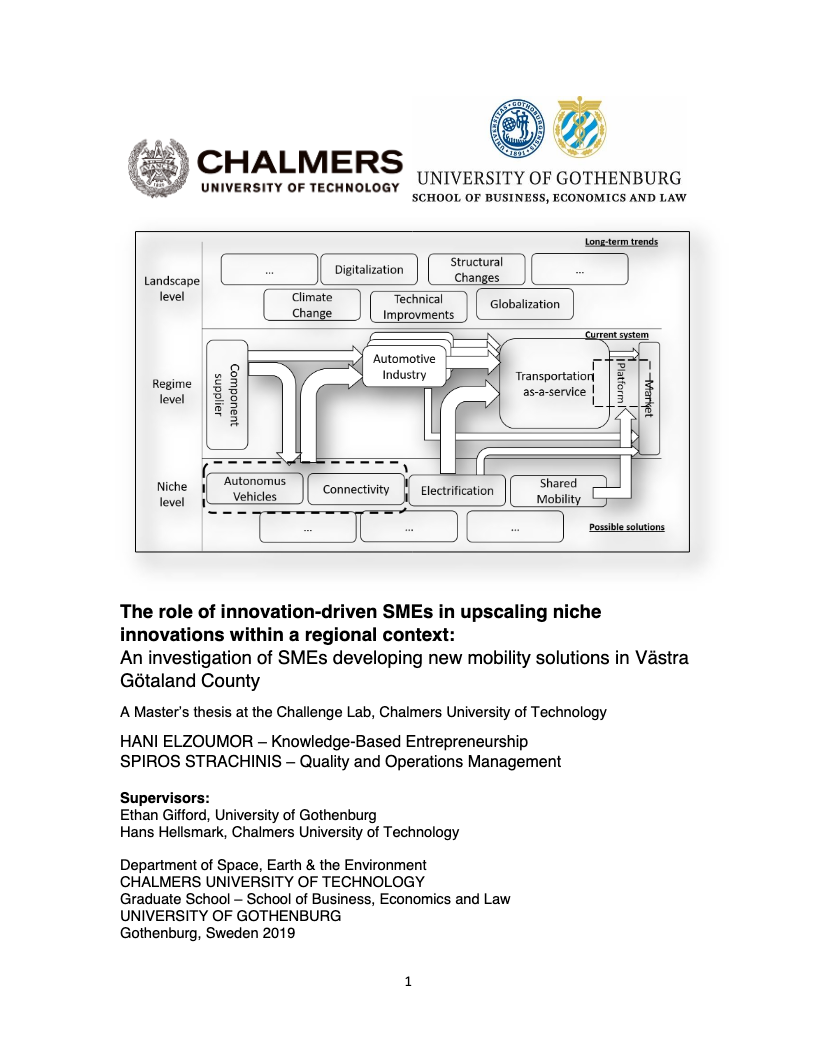SOURABHA BHAT & ABDALRAHMAN ALOBEISSI (2019)

Human population is in constant increase which creates a huge demand for different resources, expanding infrastructure and transportation connectivity. Cities tend to become denser with the need for mobility of people and goods between different facilities and activity locations. Public transportation must be promoted within proper city design. One of the approaches to overcome this challenge is to promote the Compact City concept. However, it is unclear or ambiguous what qualities or benefits a compact city can deliver. Hence, this study explores the research question: How is Landvetter södra positioned within the contemporary debate towards the compact city as an ideal urban model? The aim is to set a framework to achieve compact cities based on analyzing a case study along with the literature research. The current situation of the compact city approach framework was mapped in accordance with a case study conducted at Landvetter södra in the Västra Götaland region. In order to achieve a framework, the study was carried out in two phases. Phase 1 includes the backcasting process embodied by the Challenge Lab in order to frame sustainability principles and to define a leverage point and research question, which provide guidance to change the current system. Phase 2 incorporates analyses of a case study and examining compact city from a literature point of view by interviewing relevant stakeholders involved in city planning and development. Furthermore, the study includes a comparison of case study project with other city development projects. This study shows that a compact city concept is an ideal approach to design a city with taking into consideration twelve urban qualities (population density, building and functions density and mix, connectivity and morphology, access and transport, nature, health and environment, quality of life, sociocultural, justice, economy, adaptability). The foundation of the framework should be based on collaboration and integration of different actors in the planning processes. The suggested framework will help to design and plan compact cities in different locations with taking into consideration the contextual surrounding. In addition, the framework will help to identify initial/relevant actors to achieve compact cities.




